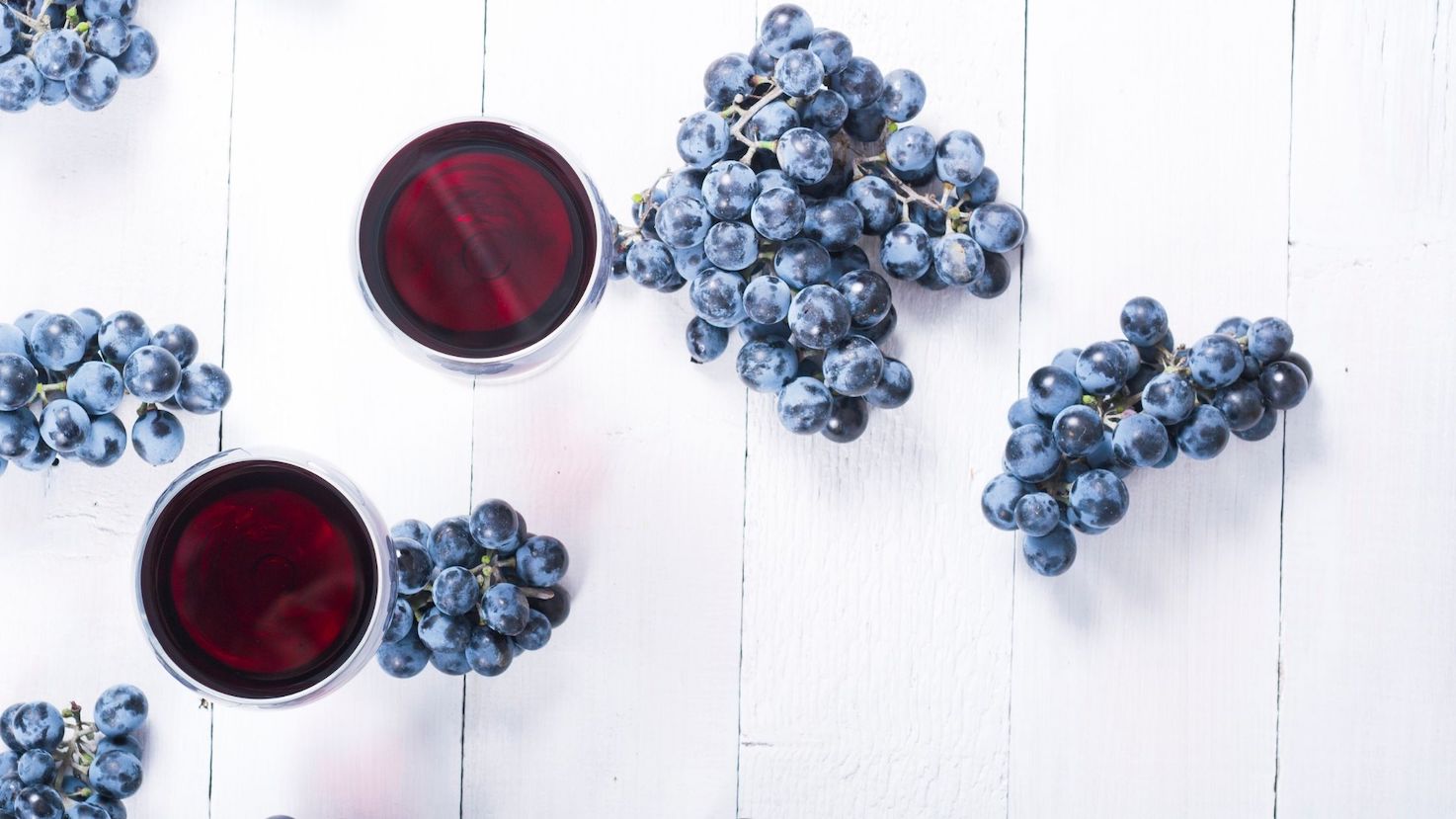Winemaking is the key process for producing wine. It has a special charm, since it requires extreme precision and competence, but at the same time also the courage to experiment. Let's discover together what winemaking is and how many different types of techniques exist, that is, the phases and basic notions to understand how wine production works. In an easy and complete guide signed by Sommelier Wine Box.
Here is an easy guide to winemaking, for those who are curious to understand the art of transforming grapes into wine.
What is winemaking?
Winemaking is the process of turning grapes into wine . It is a set of operations, all crucial for the success of the product that will arrive in our glass. Winemaking varies depending on many factors including: variety of vines, soils and microclimate in which they grew.
Red winemaking
Red winemaking is obtained through maceration , that is, the contact of the grape skins with the liquid must, which gradually turns into wine. Red wines are obtained from red vinification (if the grapes are black), orange if the grapes are white. A separate discussion must be made for pink wines, which are discussed further below.
Let's see all the stages of red winemaking.
- Harvest : in the vineyard, it is the selection phase of the grapes, which must be qualitatively healthy and ripe. Harvesting can be manual or performed mechanically.
- Destemming : consists of eliminating the stems from the bunches. This step brings consequences such as the concentration of tannins
- Crushing : crushing the grape to allow the juice and pulp to escape. Crushing is a very delicate phase and significantly influences the maceration and fermentation process, therefore the quality of the wine.
- Alcoholic fermentation : process by which yeasts transform sugars into ethyl alcohol, carbon dioxide and other aromatic substances. Factors such as temperature (usually around 28-30°C), oxygen and tannins are fundamental elements for obtaining quality fermentation.
- Maceration : here we are at the contact phase between skins and must, responsible for all the visual, olfactory and gustatory characteristics that differentiate red wines from whites. Maceration provides tannins, aromatic substances and minerals (they give flavor in the mouth).
- Racking : this is the separation of the wine from the skins. It can be done before, during or after fermentation.
- Malolactic fermentation : transformation of malic acid into lactic acid. It allows you to obtain softer and more balanced wines, with fine and elegant aromas.
- Bottling and refinement : at this point our wine is ready to be bottled and can refine in wood or steel (more rarely in other materials such as amphora, concrete or even ceramic).

White vinification
White winemaking, unlike red winemaking, is carried out with the fermentation of only the must , excluding the solid parts.
How is white wine produced? Particularities of the production method
- The harvest and transport of white grapes must be carried out with particular care so as not to damage the bunches, given the delicacy of the raw material.
- Extraction of the must : series of grape processing ( pressing , draining and clarification ) with the aim of obtaining only the liquid part. Fundamental process to obtain more aromatic and fresh substances, i.e. the aromas and flavors that we will find in the glass.
- Alcoholic fermentation : carried out at a lower temperature than that of red vinification (around 18-20° C), to guarantee better qualities of finesse in the aromas and flavors of the white wine. That is, that sense of cleanliness and finesse that you feel when you bring your nose closer to the glass.
- Racking : it is carried out to definitively clean the wine from the solid substances that settle on the bottom of the container. In this way, there will be no deposits in the glass.
- Malolactic fermentation : although this type of operation is more typical of red wines, in some more important white wines it is induced to reduce acidity and, consequently, to have a softer and more balanced result.
- Maturation and aging : the wines are subjected to refinement, which can last a few months in steel or even several years in wooden barrels, depending on the wine you want to obtain.

- Read also: what are spoiled wines
Rosé vinification
How is rosé wine produced? Particularities of the production method
There are more than one systems for producing rosé wines , but the most used is the short maceration of the pomace (a technique called "bleeding"), from black grapes, in the liquid part of the must. That is, red winemaking with little contact between the skins and the must.
The other two alternatives are:
- Use black grapes with low tannins .
- Blend , that is, an assembly of different grapes, in this case between black grapes and other white ones.
Rosé wines have organoleptic characteristics halfway between red and white , however they are more similar to white wines, since they are focused on flavors of fragrance and freshness. They tend to be widely produced in southern Italy, where the higher sugar in the must allows for rosés with a higher alcohol content.





